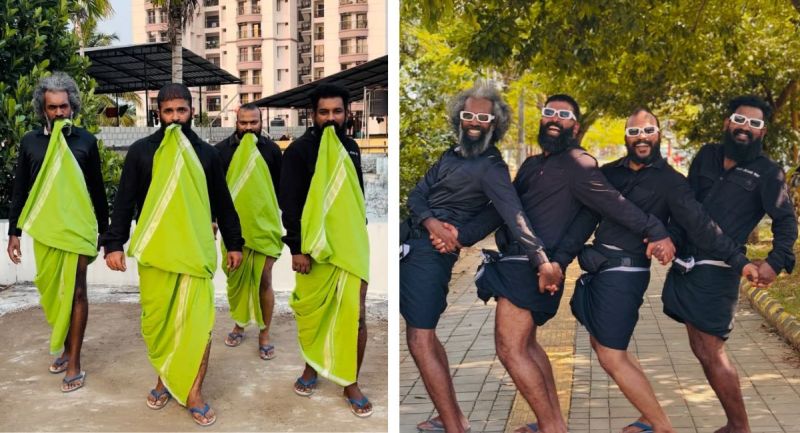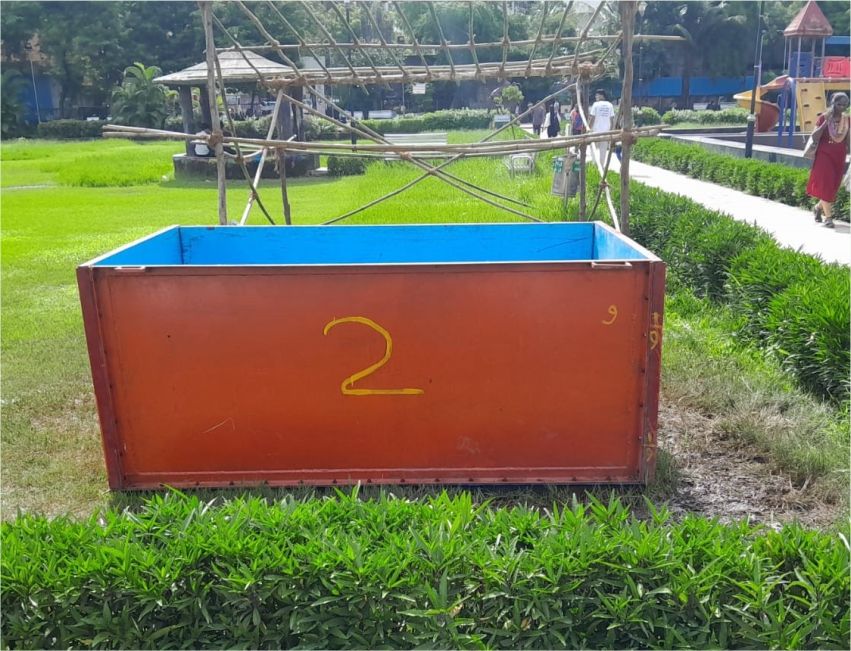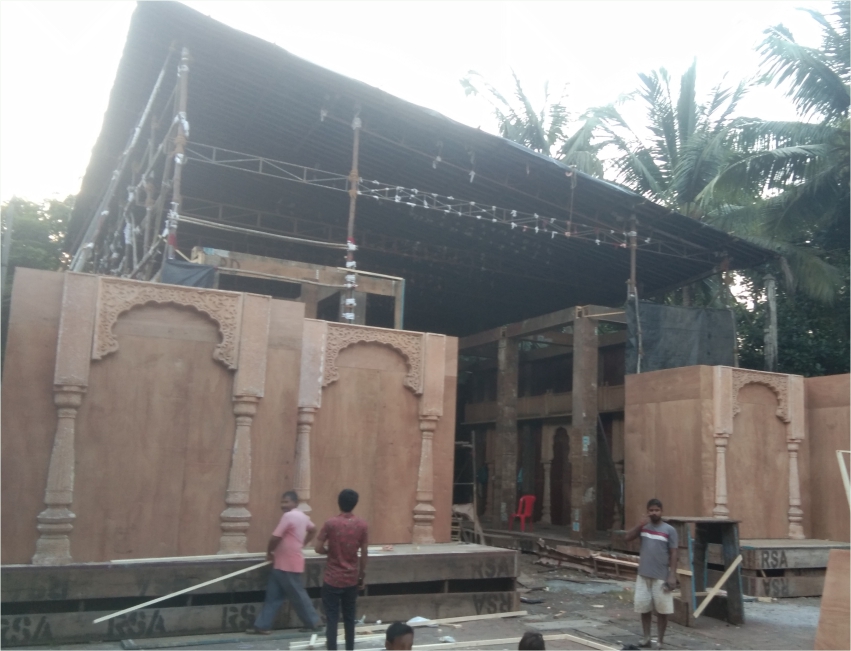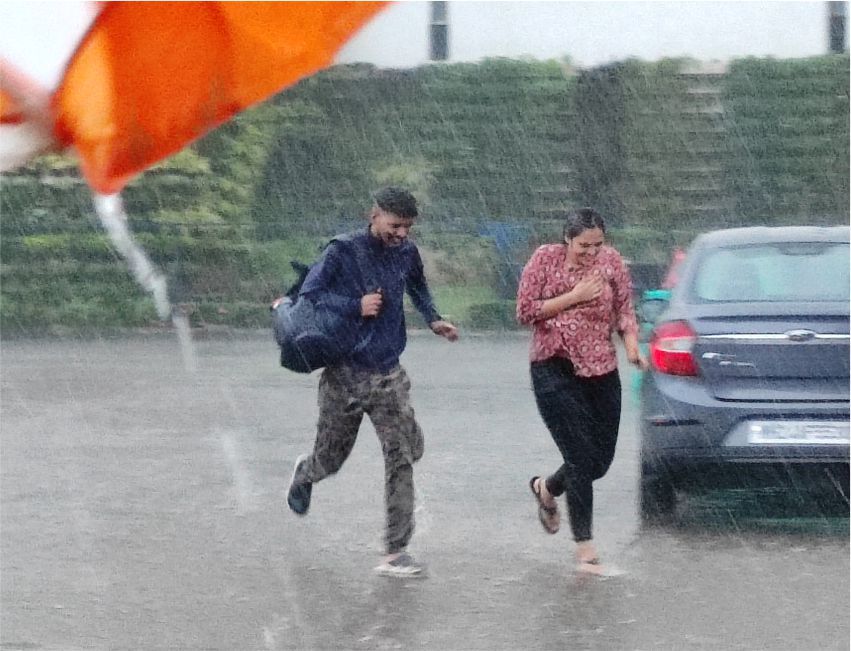Culture in Motion: 74xmanavalans fuse pop hits with traditional lungis

- Newsband
- 30 Apr, 2025
Across India and beyond, the humble lungi is finding a new rhythm. From impromptu street performances to social media dance challenges, more men are taking to the stage, and the road, in lungis, reclaiming the garment as a bold expression of creativity and cultural pride. This rising trend, blending humour, grace, and swagger, is not only challenging outdated notions of masculinity but also turning everyday attire into a powerful performance prop.
In a state where dance has long leaned toward the ritualistic and restrained, a Kerala-based troupe named 74xmanavalans is rewriting the rules. When one thinks of dance in Kerala, it’s often Kathakali or Theyyam that come to mind. But today, freestyle movement, especially by men, is forging its space. And that’s where 74xmanavalans are breaking ground, reclaiming dance as expressive, joyful, and rooted in lived tradition.
In the sultry rhythms of Kerala, where lungis flap in the breeze and tradition runs deep, the group’s barefoot routine performed in traditional lungis has sparked conversations around masculinity, movement, and cultural pride. The video of their performance to Billie Jean has crossed 15 million views on Instagram.
Formed by Jeev, Vijeesh Vichu, Rakesh Rakku, and Taajju Rajil, the troupe first rose to prominence through the television show D 4 Dance. But it’s their viral, street-style clips, dancing in lungis and flip-flops to global pop hits, that turned them into cultural icons.
“I love them,” says renowned ballroom dancer and Bollywood choreographer Sandip Soparrkar. “74xmanavalans have an infectious energy and authenticity. What sets them apart is how confidently they blend everyday South Indian masculinity, with the lungi, their swag, and the cheeky expressions, with bold, uninhibited movement.”
The lungi, worn daily by Malayali men, becomes more than stage attire, it transforms into a symbol of continuity, a kinetic prop moving with every beat.
Their routines, including spins on Backstreet’s Back, Alright, blend local pride with global rhythm, captivating audiences well beyond Kerala.
“They are not trying to fit into a polished or westernised idea of dance,” Soparrkar adds. “They’re celebrating their own style, their own culture, and owning the stage with it. It’s that cultural rootedness mixed with raw charisma that makes them stand out.”
Audiences praise their ability to make complex choreography look effortless, no glossy sets, no extravagant costumes.
As seen with groups like 74xmanavalans, the lungi doubles as a dynamic prop in dance performances. Its flowy, flexible nature adds drama and movement to choreography.
“There has been an increasing trend of men dancing in lungis,” Soparrkar observes. “It is a powerful and refreshing trend. The lungi has always been symbolic of comfort and identity in South India, but now it’s becoming a statement piece in performance.”
In many routines, the lungi flares dramatically with beat drops, mimicking the effect of a cape or skirt in classical and street styles alike. This natural movement adds a layer of theatricality and rhythm-specific punctuation, drawing the viewer’s attention not just to the body, but to the garment's motion as well. .
“Watching men dance confidently in it, whether it’s humorous, graceful, or fierce, challenges ideas of rigidity and traditional masculinity,” Soparrkar continues. “It’s liberating, and it’s also a visual assertion of regional pride.”
Whether it’s fluttering in sync with a moonwalk or flicked up during a power move, the lungi becomes a living extension of the dancer’s expression, reflecting joy, freedom, defiance, or tradition, often all at once





